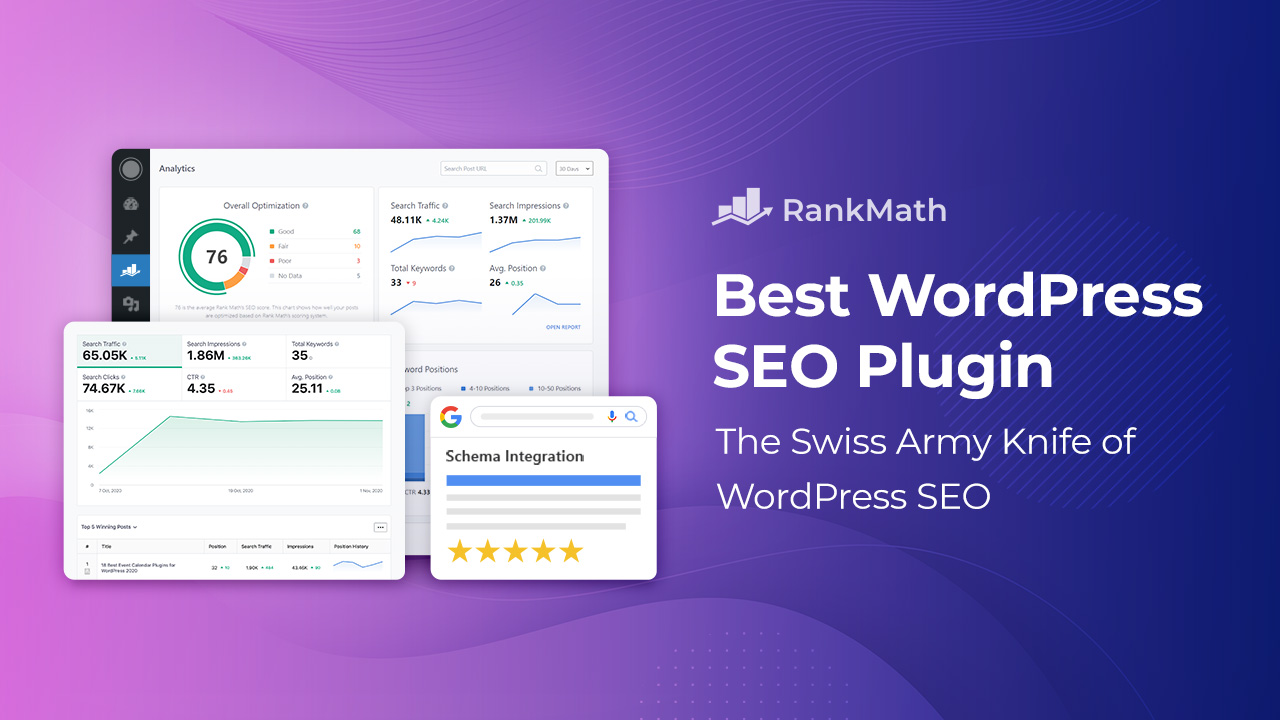AI in Education : The Impact of AI in Learning
Introduction
In today’s fast-paced world, education is evolving at an unprecedented rate, thanks to the integration of Artificial Intelligence (AI). AI has become a game-changer, enhancing the learning experience for students, teachers, and institutions alike. In this article, we will explore the use of AI in education, focusing on its benefits, applications, and the keyword “AI in education” to uncover the potential of this transformative technology.
AI in Education: Transforming Learning
1. Personalized Learning
One of the most significant advantages of AI in education is its ability to personalize learning experiences. AI-powered platforms analyze students’ strengths and weaknesses, tailoring lessons to meet individual needs. This keyword-rich approach, “AI in education,” highlights how AI ensures that every student can progress at their own pace, reducing dropout rates and boosting overall performance.
2. Adaptive Assessment
Traditional exams often fall short in evaluating a student’s true understanding. AI-driven assessment tools, on the other hand, provide adaptive testing, where questions adjust based on the student’s responses. This approach, closely aligned with the “AI in education” keyword, ensures that assessments are fair, comprehensive, and truly reflective of a student’s knowledge.
3. Virtual Classrooms
AI-driven virtual classrooms are becoming increasingly popular, offering a flexible and accessible learning environment. With the “AI in education” trend, educators can reach students worldwide, transcending geographical barriers and enabling collaborative learning experiences.
4. Intelligent Tutoring Systems
AI-driven tutoring systems serve as digital mentors, offering instant feedback and guidance. These systems use the keyword “AI in education” to revolutionize the way students seek help, ensuring they receive timely assistance to master complex subjects.
5. Data-Driven Insights
Education institutions can harness AI to gather valuable data on student performance, helping identify areas for improvement. The “AI in education” trend empowers schools and colleges to make data-driven decisions that enhance curriculum and teaching methods.
6. Accessibility and Inclusivity
AI-driven tools ensure education is accessible to all, including students with disabilities. With the focus on “AI in education,” institutions are developing inclusive solutions that cater to a diverse range of learners, promoting equality in education.
7. Enhanced Teacher Efficiency
Teachers can leverage AI to automate administrative tasks, such as grading assignments and managing schedules. By embracing “AI in education,” educators can free up more time for personalized interactions with students.
Challenges and Future Prospects
While AI in education holds immense promise, it also faces challenges such as data privacy concerns and the digital divide. However, as technology continues to advance, these issues can be addressed to ensure a more equitable and secure learning environment.
As the “AI in education” trend gains momentum, we can expect to see more innovative applications. AI-driven content creation, real-time language translation, and even emotional intelligence analysis are on the horizon. These advancements will undoubtedly reshape the educational landscape, making learning more engaging, effective, and accessible for all.
Conclusion
Incorporating AI into education is not merely a trend but a transformative force that empowers students, teachers, and institutions to thrive in the digital age. The keyword “AI in education” symbolizes the ongoing revolution in the way we teach and learn. As we navigate the ever-evolving landscape of education, one thing is certain: AI’s influence is here to stay, driving us toward a brighter, more accessible, and personalized future of learning. Embracing AI in education is not an option; it’s a necessity for staying relevant in today’s educational landscape.















